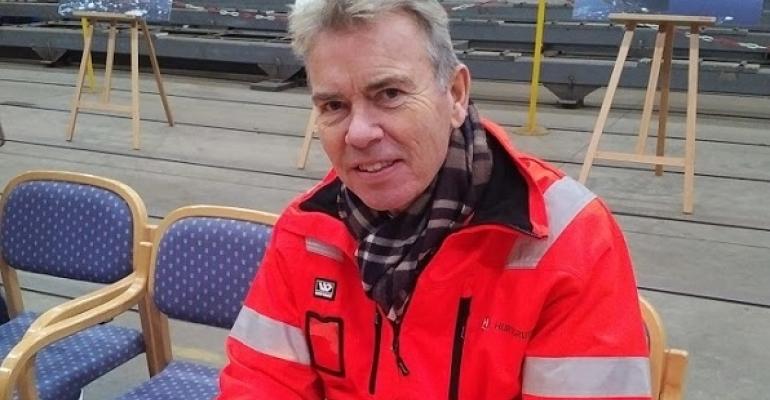Tor Geir Engebretsen, coo and senior vice president of maritime operations for Hurtigruten, has confirmed that the 1997-built MS Nordnorge will be the first of six ships to have its engine converted from conventional diesels to Rolls-Royce Bergen engines fuelled by LNG. She will be docked during the fourth quarter of 2019, with the other three-month conversions undertaken between then and 2021.
The engines will also be capable of running on LBG derived from fish waste which can reduce carbon emissions by 60% compared with LNG. Rolls-Royce will also supply batteries and energy storage systems for the vessels, as well as power management systems. Fuel tanks, to be located on the ships’ tanktops, will be supplied by an undisclosed third party.
Read more: LNG bunkering becoming a global phenomenon
Engebretsen named the other five ships as the Kong Harald (1993), Nordkapp (1996), Nordlys (1994), Polarlys (1996) and Richard With (1993). A seventh vessel, the 1983-built Vesterålen will have her diesel engine upgraded to meet Tier III NOx emission requirements. Hurtigruten is understood to have options for similar conversions on three other vessels.
Biogas is currently about twice the price of LNG, Engebretsen revealed, but this is because demand is limited, volumes are small, and outlets are limited. A large taker such as Hurtigruten could transform this situation, however, with biogas available at various locations on the Norwegian coast between Bergen in the south west and Kirkenes in the north along the route where the ships operate. As the price falls and supplies become more readily available, Hurtigruten will use more LBG compared with LNG, thereby reducing emissions further.
The vessel upgrades are receiving financial support from the country’s NOx Fund although the total cost of the conversions has not been revealed as final shipyard negotiations are still in progress. However, Engebretsen said that the payback period makes sense.
Copyright © 2024. All rights reserved. Seatrade, a trading name of Informa Markets (UK) Limited.
Add Seatrade Maritime News to your Google News feed.  |


